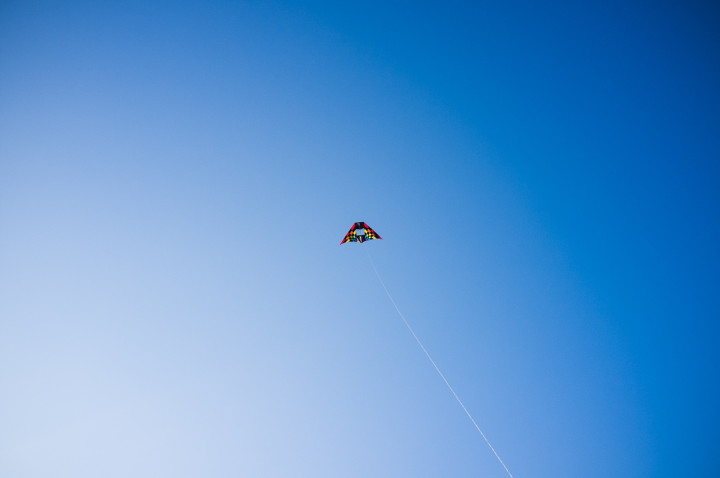The worst thing about creating music is having to sit down in complete silence.
journals
Day #1
I thought, my home recording studio is complete, now to have something to record…
So I sat down and wrote a song. Never had an idea it’s that simple.
Recording tomorrow.
Sweet
After ten days of strict diet I finally gave myself permission to bake a tray of my favorite muffins. I ate five – they’re delicious! – and I after a few minutes I got a headache. This wouldn’t happen two weeks ago, back when I was habituated to consuming unhealthy amounts of chocolate. Give it a few days to return to balance and my body no longer tolerates a big, sudden dose of easily-absorbed carbohydrates.
The link is obvious: too much sugar = feeling dizzy. How is it even possible that we don’t notice this in our everyday lives?
I forgot how to cat
It’s around that time of the year that the responsibilities pile up and overflow, I can’t handle the stress any longer, I go on a two-day retreat and I catch the flu in the process.
It’s an indicator, a litmus test for my condition. No work for the next day or two means reflection, means being forced to stay at home instead of overexerting myself. Means more attempts to write a song or paint something. It’s a forced retreat.
All the afternoon I was so weak I couldn’t get out of my bed.
Lens
It’s that time of the year. Where’s my 57mm f/1.4?
Ligature
Typography is addicting like nothing else. I was reading a text and I encountered a beautiful ligature… now I can’t take my eyes off it; I can’t focus on the meaning of the text anymore.
It’s creepy.
Lightroom Duty
There’s a lot happening lately. Happily chewing through a backlog of photos.
Doing
Cranking out code; doing overtime even though no one asked me to. Buying a new set of strings for my guitar and that one controversial book for my eyes. Writing tons of letters and emails, devouring books, fixing my bike, composing songs. Editing photos, hiring and firing people, playing the piano, configuring a new Mac, traveling on a whim, stomping at pigeons. Ordering prints, meeting old friends, designing systems, preparing reports. Singing.
Doing.
(Work)flow
Amateur artists despise routine. They fear falling into it – for they believe that if they do, their work will become bland and all alike. The life of an amateur is full of non-routine: ups and downs, meetings and breakups, chaotic motions, spontaneous travels, unjustified and unjust relationships, mind-altering substances. The amateur holds to his lifestyle so hard it’s impossible to see where the person ends and chaos begins. His reasoning is that the chaos is the source of inspiration; that if he were to become boring, his art would cease to exist.
There’s no agreement on why this scheme gets perpetuated endlessly. What the young, naive artist does not realize is that the chaos is not a source of his inspiration, talent or genius; instead, it is the result of it. It’s the result of a seemingly uncontrollable force inside him going primal wild. This force cannot ever be extinguished – but it can be directed. With time, the amateur realizes that the very act of creating actually calms the storm. With enough wisdom and persistence, he may realize it is up to him to turn his curse into a blessing.
After years of struggle my life finally became boring. I get up every morning and head to work. I always take the same route. I have rituals for every moment of my life. Mornings. Afternoons. Work. Eating. Reading. Sleep. I do make corrections to the routine constantly, but it’s established and I no longer pay attention to it. This landscape, the background if my life, is like an empty sheet. Even though blank, it still has its texture and impurities; even though white, it still shows a distinct tint that changes with days, places and seasons.
It’s a pure pleasure to paint on such canvas.
Five years of film photography allowed me to perfect the details to the point where I no longer need to pay attention to them. The entire process comes so naturally that it’s really satisfying to step back and see just how much it takes to produce a print. Choosing and buying film, packing it into canisters with a bulk loader. Carrying the camera and some rolls in my bag all the time. Loading the camera. Setting all the dials and knobs without ever looking at them. Clicking the shutter a hundred times. Loading the developing tank. Pouring the right chemicals at the right temperature for the right time. Drying. Cutting. Scanning. Editing. Ordering prints. Picking them up. Choosing the right envelopes. Getting the addresses. Mailing.
I no longer pay attention to any part of this process. I remember all numbers by heart. I can mix developer blindfolded; I can check the temperature with my fingers. My eyes measure the exposure with 1EV accuracy in any conditions. I can tell the type of film in the camera from the tone of the whirr the winding motor makes. I can play Lightroom the way others play piano, and I’m not making this up; several people said just that. I remember the post stamp prices and size and weight limits for practically anything I’d want to send. I know my room’s white balance down to the number in Kelvins.
The process has become so transparent that I’m back to the blank slate. Except this time, with all the great clarity that comes with practice, I can finally focus on one thing that matters:
Taking the right picture.
And the best thing is: there’s nothing standing between me and that.
